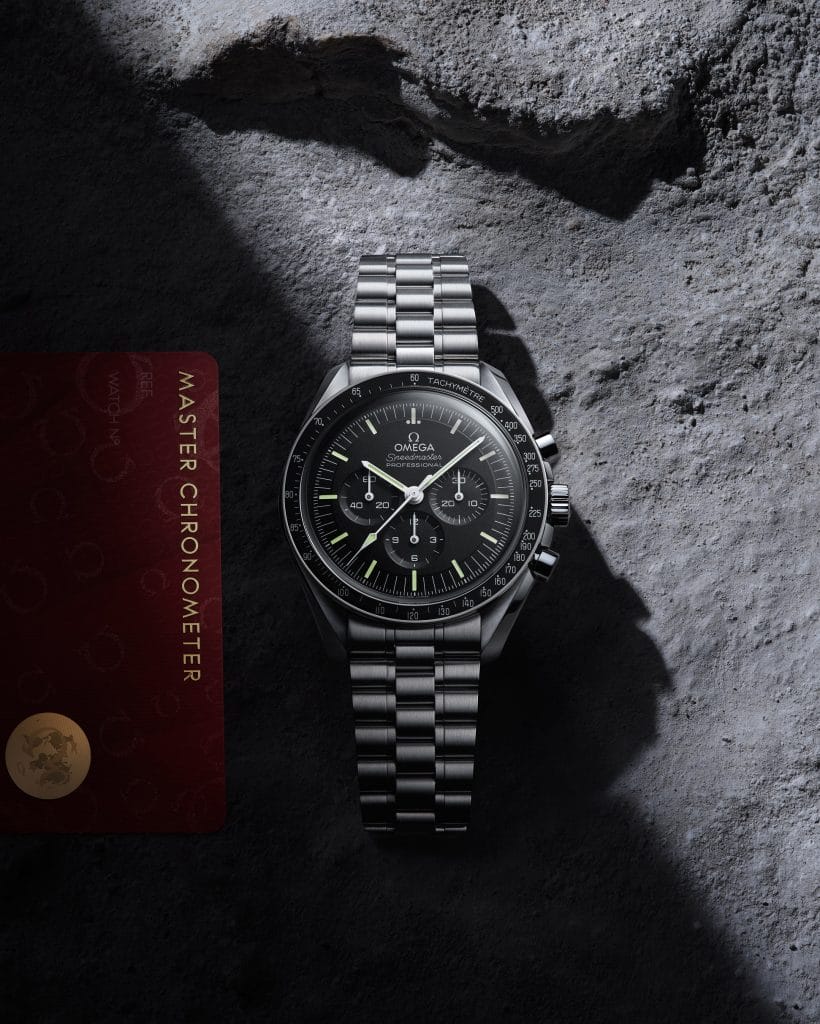
While many watchmaking techniques and inventions date back to the early days of watches, these watchmakers have presented something new and improved watches.
Co-Axial Powered: A vast majority of Omega watches in production today are powered by their famed Co-Axial Master Chronometer movement, save for the Speedmaster Moonwatch Professional. Omega and its Co-Axial Master Chronometer movements have grown synonymous with each other since it was first introduced in 1999 before being manufactured in-house since 2007. Despite the historical importance and cult status of the Speedmaster Moonwatch Professional, it has always been powered by variants of its old movement (calibre 321, 861 and 1861) until now.
For the first time, a Co-Axial Master Chronometer movement known as the calibre 3861 makes its way to the Speedmaster Moonwatch Professional. The Co-Axial escapement — invented by independent master watchmaker George Daniels — was designed to reduce friction and minimise servicing. Omega’s stringent METAS and Master Chronometer certifications further impart technicalities to its watches — ones of the new improved watches called the Speedmaster Moonwatch Professional included — such as anti-magnetism to 15,000 gausses, chronometer-rated accuracy and shock resistance.
—
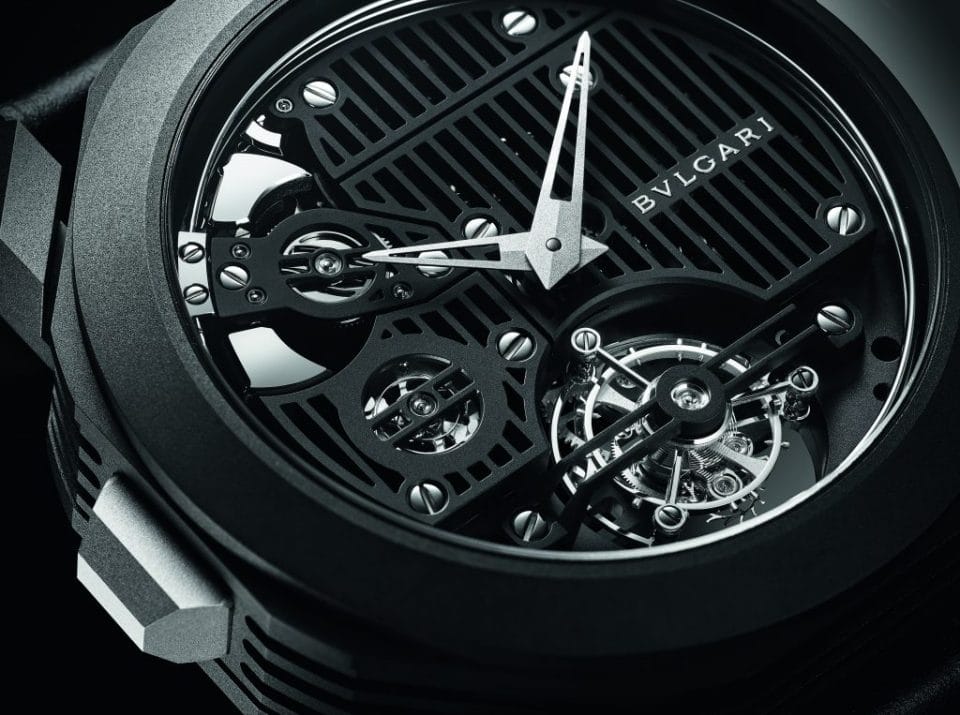
Reverse Engineered: As part of the trio of grand complications, minute repeaters put a capital H in Haute Horlogerie and represent one of the highest order of watchmaking that accelerates it into the improved watches hall of fame. Minute repeaters were first properly introduced towards the end of the 18th century and are considered an on-demand complication which chimes out the number of hours, quarters and minutes of the current time when activated by a slider. Its practicality was initially conceived for watches to tell the time in darkness and for the blind but has since become a true exponent of fine watchmaking techniques. The hammers and gongs of the chiming mechanism are usually positioned on the rear side of a movement and visible through the case back, but not for Bvlgari’s Octo Roma Carillon Tourbillon.
The pièce de résistance of Bvlgari’s 2021 novelties features the new calibre BVL428, a reconstructed movement that inverts a traditional minute repeater layout. In true Italian flair, Bvlgari positions the hammers and gongs on the dial side at the ten o’clock aperture, giving admirers an unobstructed view of the chiming spectacle even when the watch is worn on the wrist. Despite being an archaic complication, Bvlgari takes an ultra-modern approach to the rest of the watch — a DLC (diamond-like carbon) coated titanium case, with exposed grilles on the dial reminiscent of supercars, houses the elaborate calibre with a tourbillon as well. Given the complexity of the watch, only 15 examples are produced.
—
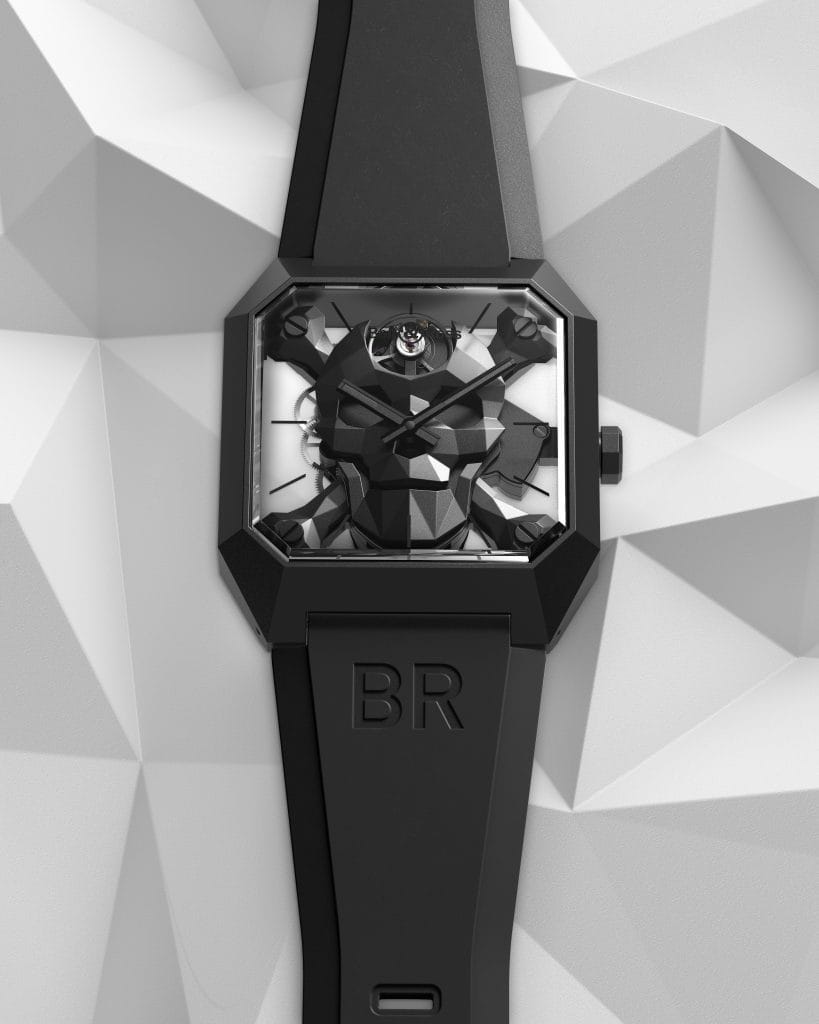
Progressive Skeletonisation: One of the first skeleton timepieces ever created was recorded in 1760 when non-essential components and bridges were stripped away to offer a see-through view of a watch. The technique — though more decorative than functional — caught on with many watchmakers soon after as it was a means of demonstrating creativity and skill through their own improved watches with ornate baroque-style hand engravings and bevelling.
Bell & Ross offers a radical twist on classical skeletonisation techniques with its new BR01 Cyber Skull. Powered by a manual-winding BR-CAL.208, the essential timekeeping components are retained and grouped under the guise of a skull while the periphery of the dial is transparent. While early craftsmen worked on steel or brass for traditional skeletonised watches, Bell & Ross opted for a ceramic skull, faceted like a stealth fighter jet body which earned it the Cyber Skull moniker. A sleek matte black ceramic case is used as well which further grounds Bell & Ross’s aviation roots and influences.
—
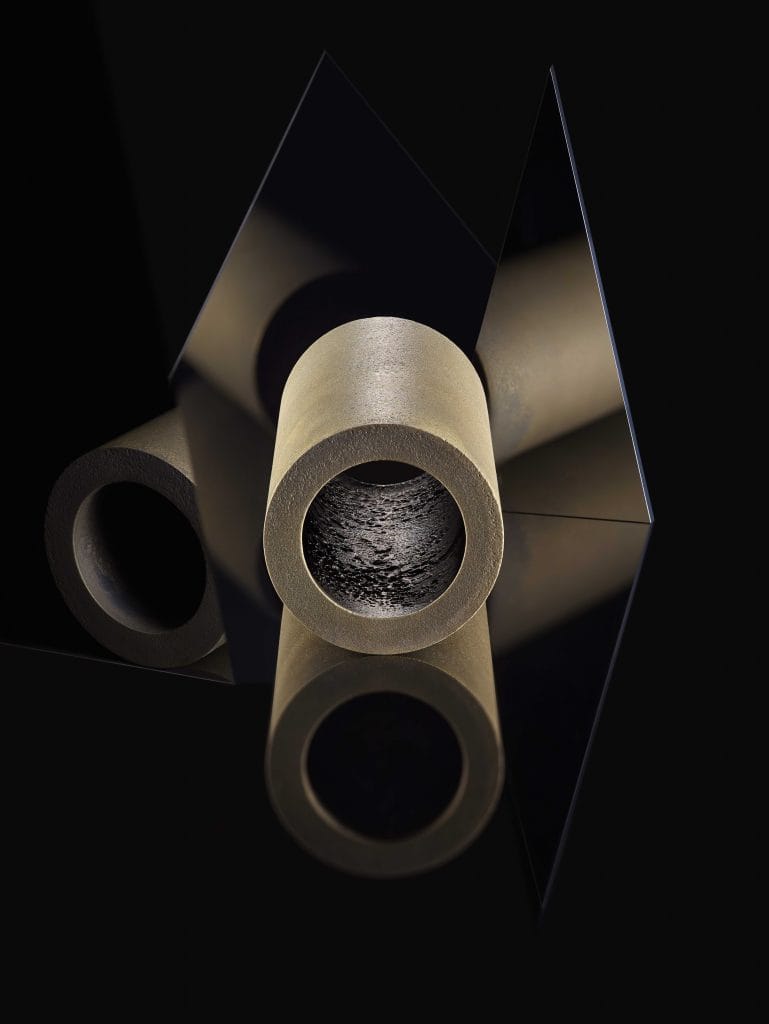
Impervious Hardness: Gold — one of the nine noble metals — has been used since the birth of watchmaking, dating back to the early days of pocket watches. Though it is prized for its beauty and rarity, the density of 24K pure gold makes it very soft and not impractical for daily wear. As such, hardier 18K gold alloy consisting of 75% gold and 25% metal such as nickel, platinum or copper was conceived — it was still susceptible to scratches regardless.
The innovative minds of Hublot sought to invent the first-ever scratch-proof gold in its ultra-advanced foundry known as Magic Gold in 2012. The 18K proprietary gold alloy is conceptualised by Hublot’s “Art of Fusion” ethos by utilising boron carbide — an extremely tough high-tech ceramic featured on its new improved watches — for the remaining 25% alloy composition. Both materials combine to form Magic Gold which possess the nobility of gold alongside the futuristic scratch-proof properties and toughness of ceramic. Given the extremely time-consuming production process, only a small number of watches are made with the elusive Magic Gold, including Hublot’s latest novelty, the Big Bang MP-11 Magic Gold.
—
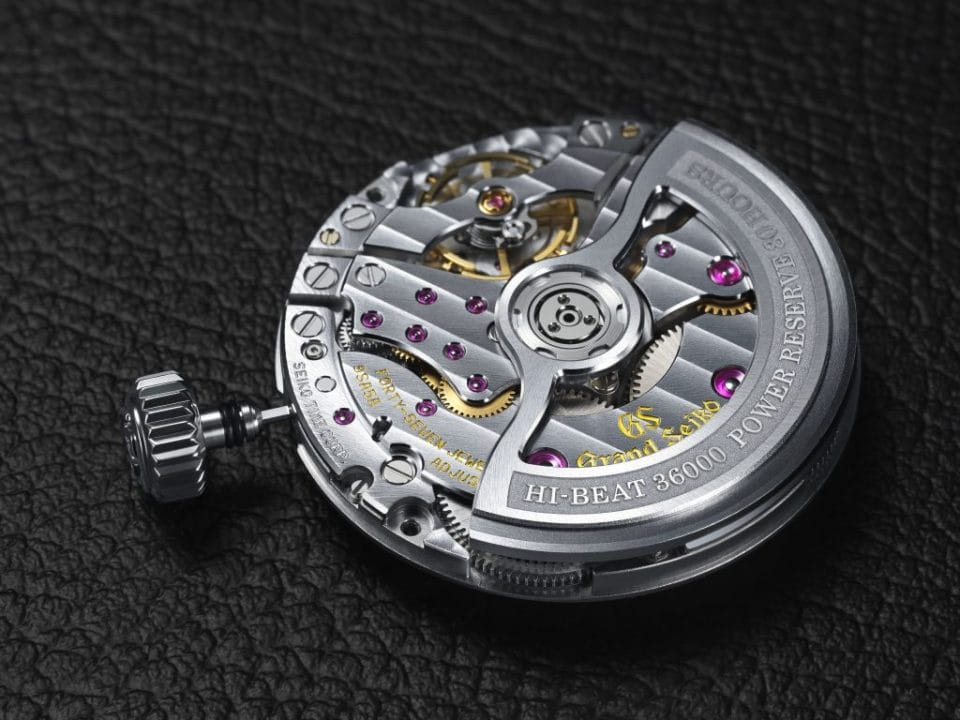
Brand New Escapement: At the heart of every mechanical watch calibre lies an escapement that controls the timekeeping elements of the movement by giving impulses to them. It regulates the power output and its operating frequency (how fast it operates per hour) affects the accuracy of watches, three or four Hertz (Hz) being the industry norm. New escapements are a great rarity in modern watchmaking given the large amount of research and development and investments required. Though several systems were invented, one of the most widely used examples till present is the Swiss lever escapement that traces its roots back to circa 1755.
After close to 10 years in development, Grand Seiko presents its newest calibre the 9SA5 that not only houses a dual impulse escapement (an improvement on the Swiss lever escapement) but one that operates at a higher frequency of 5 Hz. Several technical improvements and material optimisations are employed to the calibre 9SA5 to allow the best chronometric performance possible and power the Grand Seikos. These include an overcoil hairspring that took more than 80,000 simulations to perfect; a new gear train layout that reduces the movement thickness by 15% increases while still offering 80 hours power reserve and the escapement pallet fork and wheel made using MEMS technology.
This story about new and improved watches of 2021 first appeared in our April 2021 issue.







